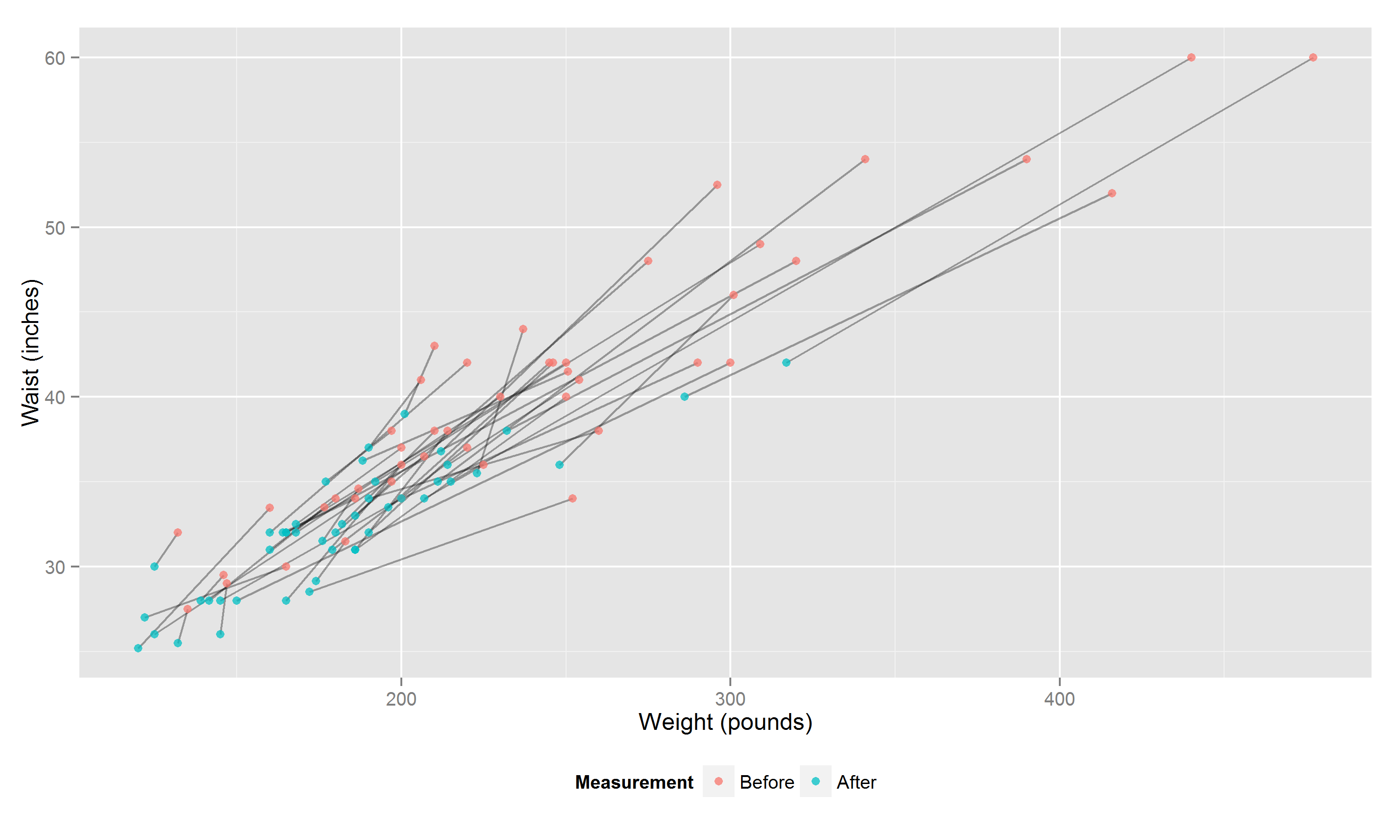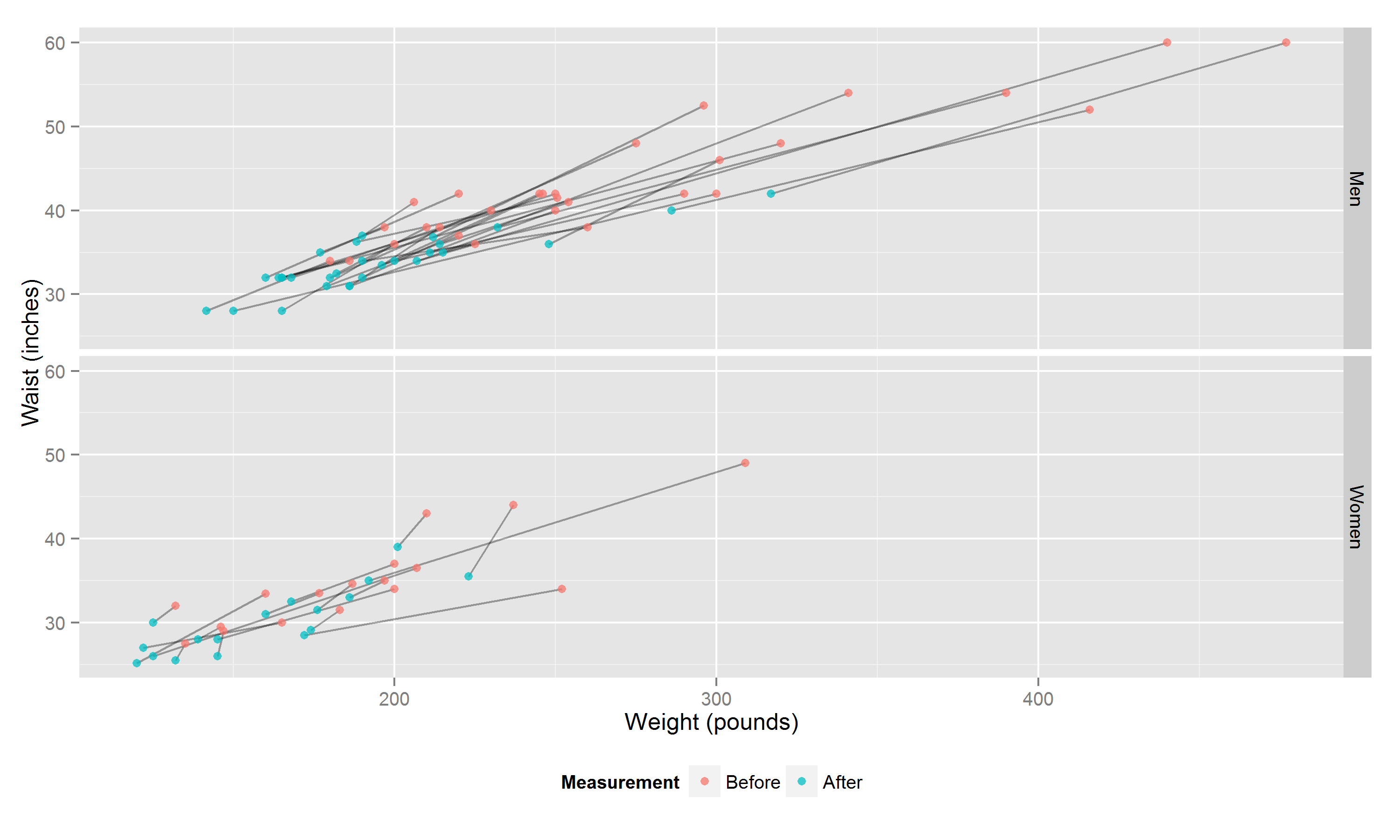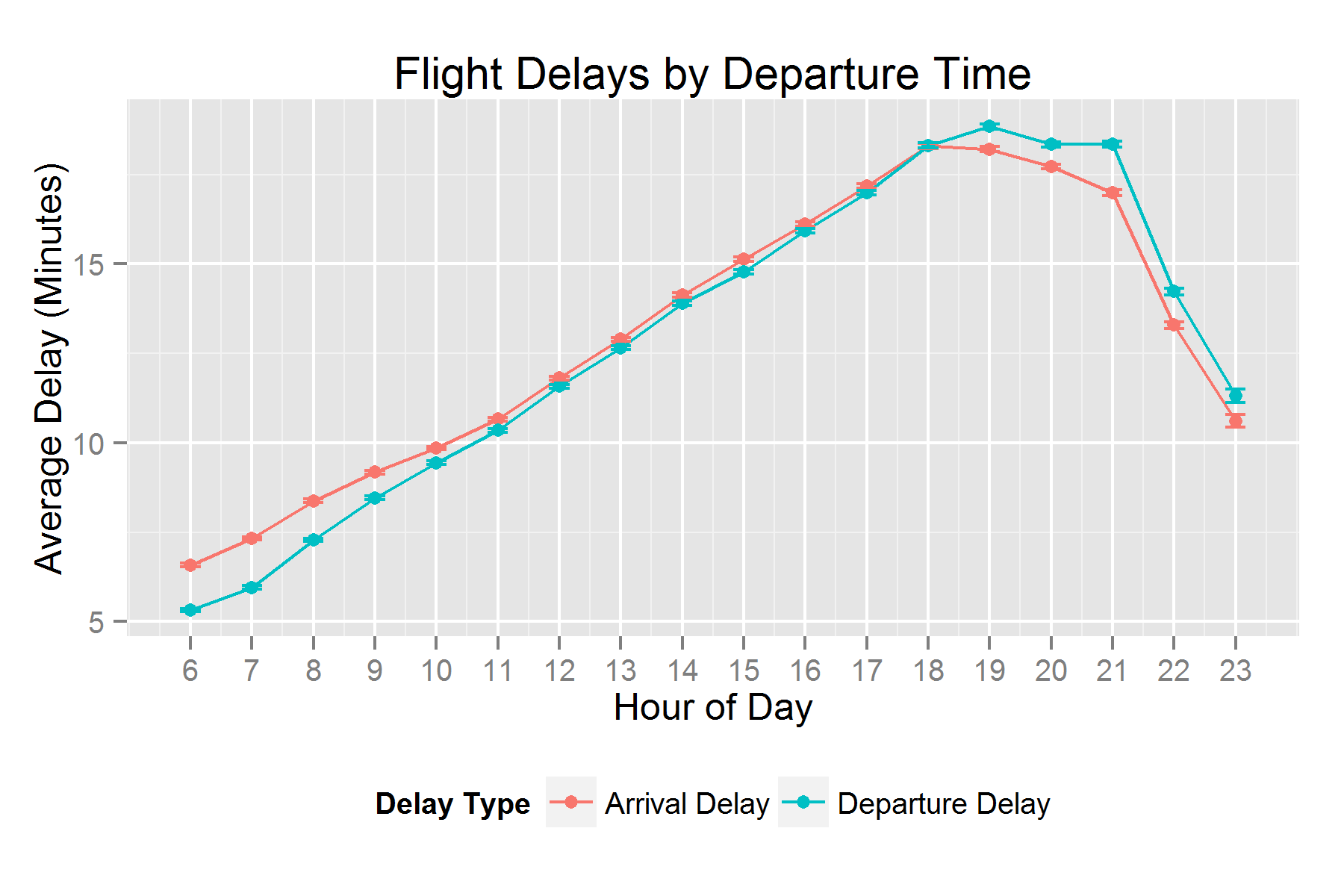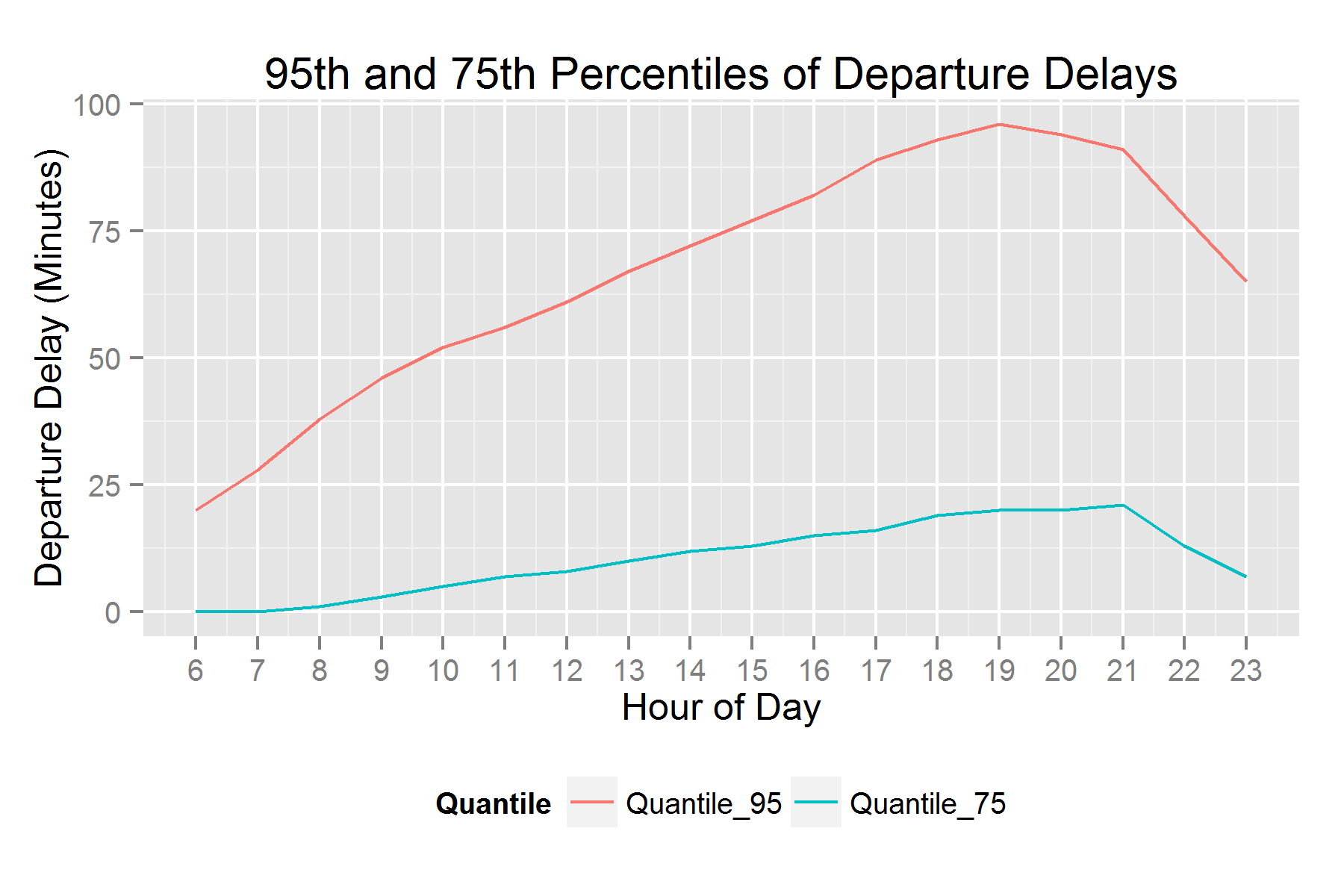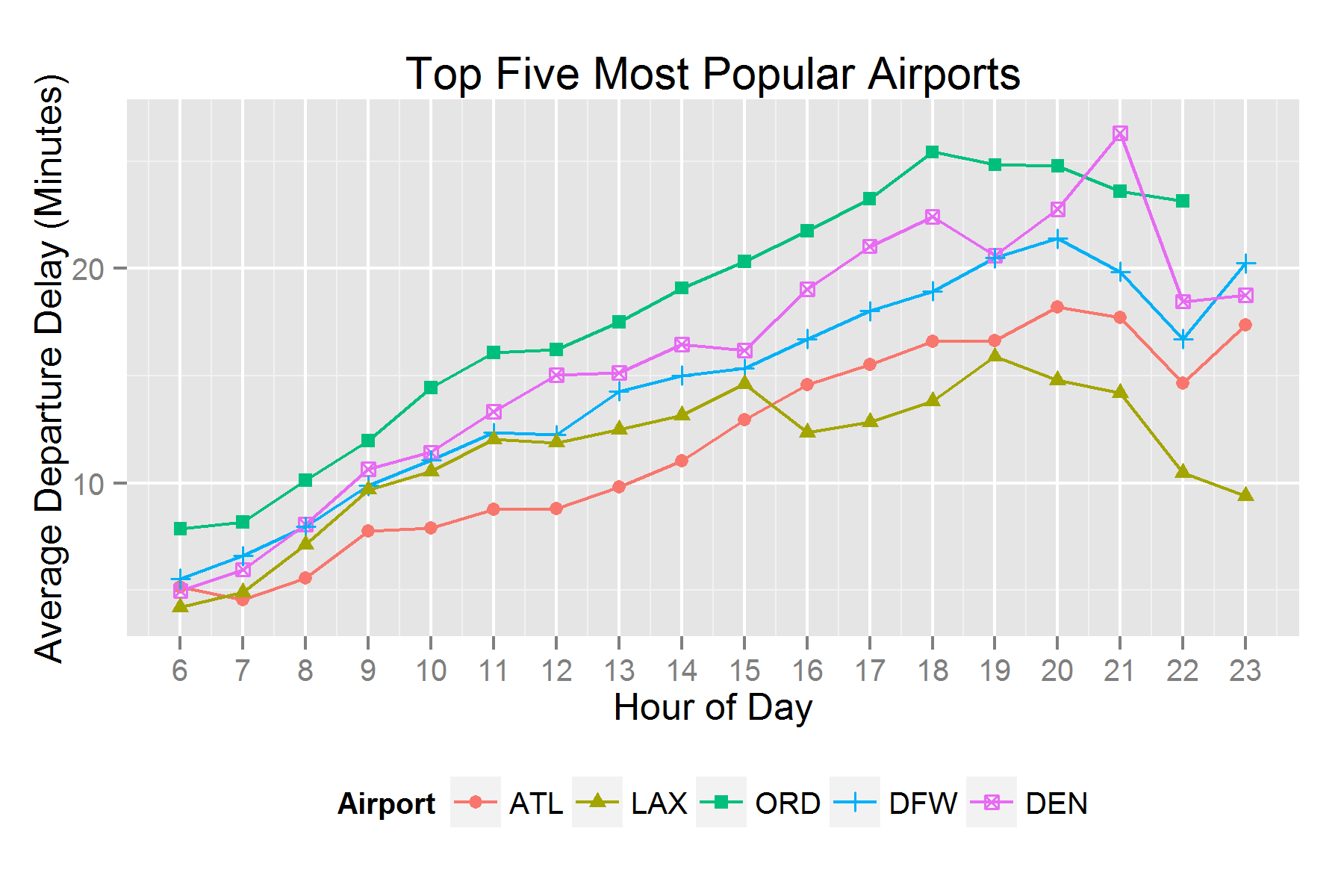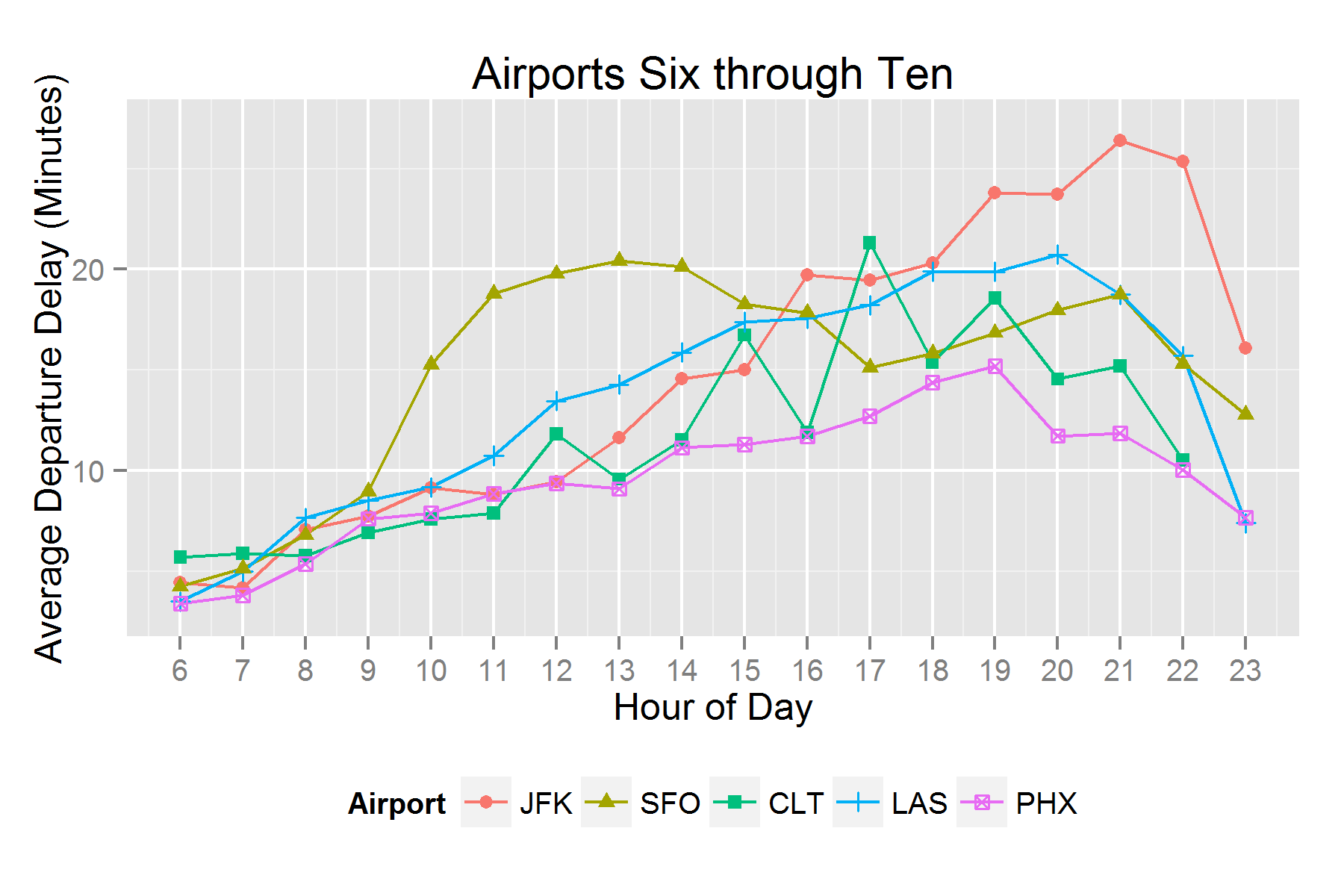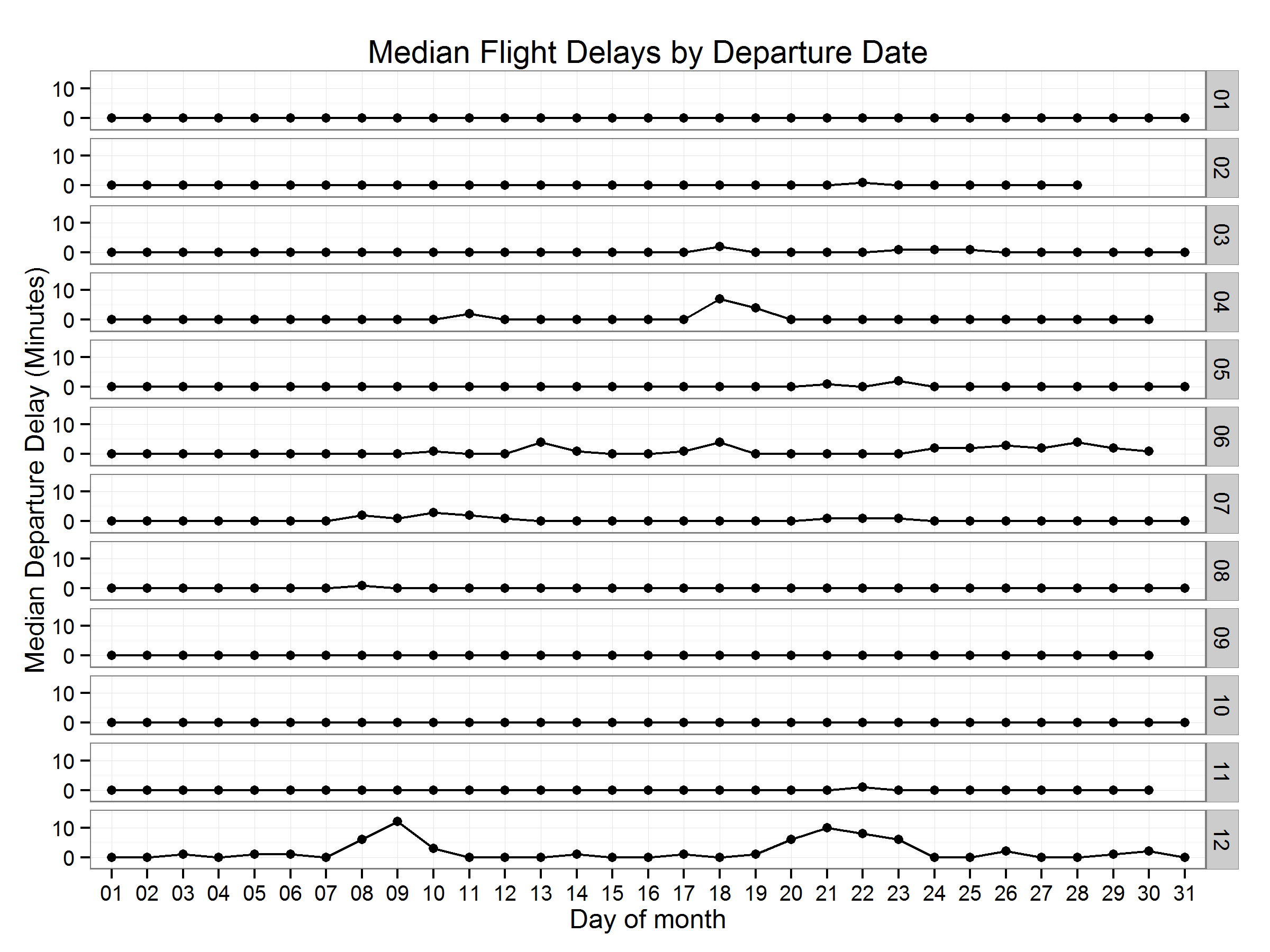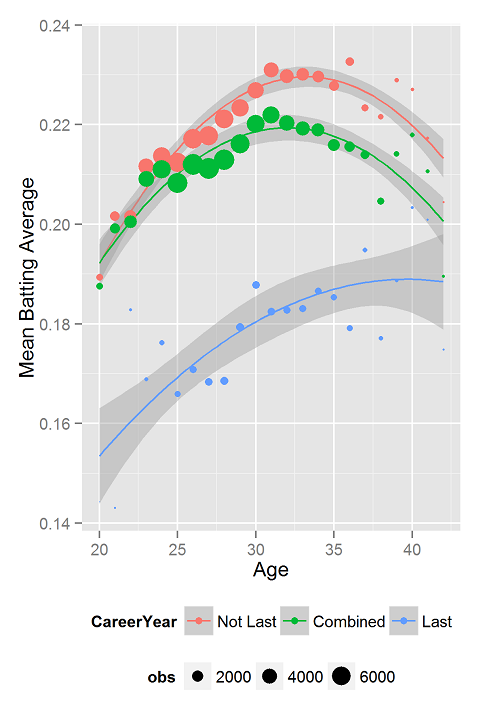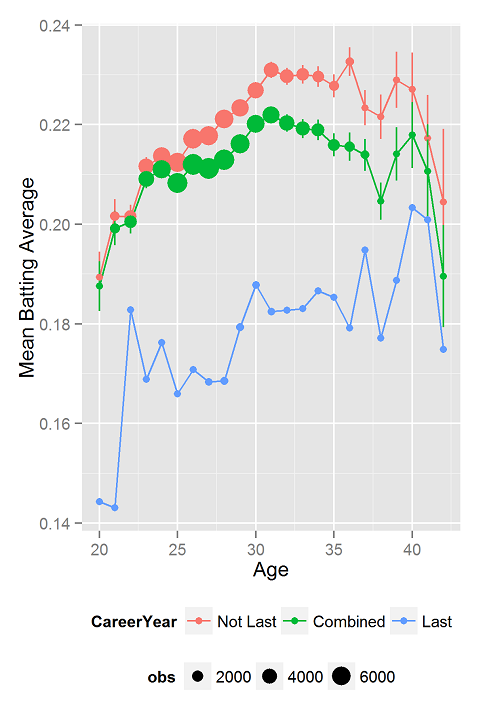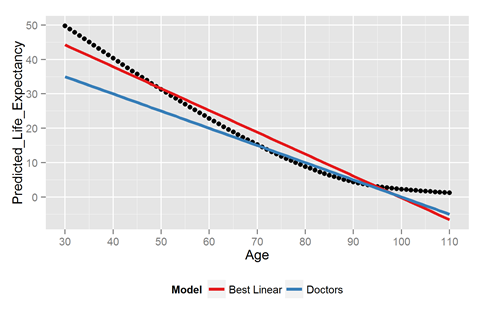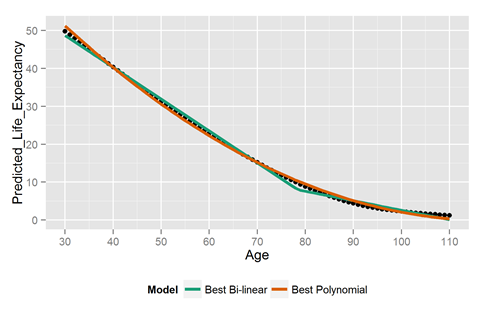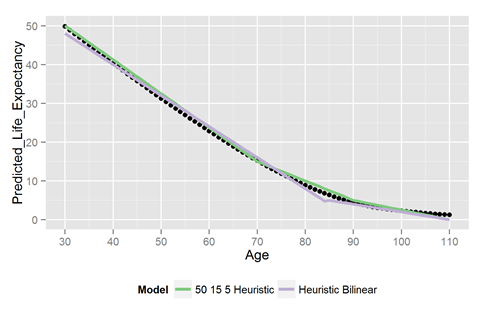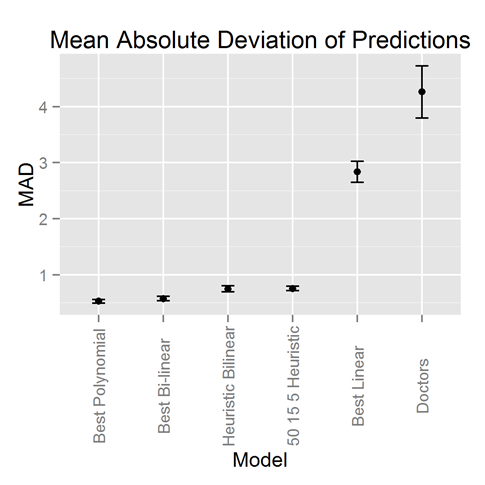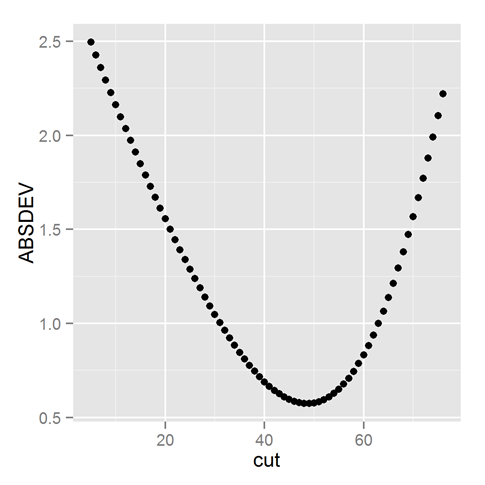THE “NUDGE UNIT” AKA THE BEHAVIOURAL INSIGHTS TEAM

The UK’s Behavioural Insights Team is recruiting again and has vacancies at various different levels. See the official announcement at http://www.behaviouralinsights.co.uk/jobs
The Behavioural Insights Team is now seeking exceptional candidates for a range of opportunities:
Head of Energy and Sustainability (Principal Advisor) (closes 5 January 2015)
Principal Advisors (closes 5 January 2015)
Senior Advisors (closes 5 January 2015)
Advisors (closes 5 January 2015)
PhD Candidate (closes 19 December 2015)
Role specifications are outlined below, and for any queries please email info@behaviouralinsights.co.uk
Head of Energy and Sustainability
The Behavioural Insights Team (BIT) is looking for an exceptional candidate to become our new Head of Energy and Sustainability. As Head of Energy and Sustainability, you will be a member of the Senior Management Team reporting directly to the Managing Director but with regular policy discussions with the Chief Executive. You will lead a team of 2-4 people, but will be expected to grow this team two or three fold over the next 2 years.
You will interact with senior government officials, Ministers and clients on a regular basis, and be responsible for winning new work relating to energy and sustainability. You will be expected to manage and deliver projects to tight deadlines and budgets.
To be successful you must have in-depth experience in one of these areas and be capable of managing a team of people who have an expertise in the other areas:
Experience working on energy and sustainability policy (having worked in government, academia, industry or for a consulting firm);
Deep understanding of the behavioural science literature and how it can be applied to help solve complex policy problems; or
Ability to design and conduct rigorous evaluations, including Randomised Controlled Trials, difference in differences, regression discontinuity, and propensity score matching.
All candidates must also be able to demonstrate:
Strong leadership and management experience, including supporting team members to develop their own skills and expertise.
For more information see the specification (click here). Applications to be received no later than 9am on 5th January 2014.
Principal Advisors
The Behavioural Insights Team (BIT) is looking for exceptional candidates to become Principal Advisors. This is a senior level in the team, with successful candidates becoming responsible for one or two policy areas.
As a Principal Advisor, you will be a member of the Senior Management Team reporting directly to either the Managing Director or the Chief Executive. You will lead a team of 2-4 people, but will be expected to grow this team two or three fold over the next 2 years.
You will interact with senior government officials, Ministers and clients on a regular basis, and be responsible for winning new work and business development relating to your policy area. You will also take the lead in ensuring that quality is maintained across the business and will be expected to manage and deliver projects to tight deadlines and budgets.
For more information see the specification (click here). Applications to be received no later than 9am on 5th January 2014.
Senior Advisors
The Behavioural Insights Team (BIT) is looking for exceptional candidates to become Senior Advisors. Senior Advisors will work directly to Principal Advisors or the Managing Director/Chief Executive.
As a Senior Advisor, you will interact with senior government officials, Ministers and clients on a regular basis, and be responsible for winning new work and business development relating to your policy area. You will also be responsible for ensuring that projects you are responsible for are managed and delivered to tight deadlines and budgets, and will likely line manage one or more Advisors or Assistant Advisors.
For more information see the specification (click here). Applications to be received no later than 9am on 5th January 2014.
Advisors
The Behavioural Insights Team (BIT) is looking for exceptional candidates to become Advisors. Advisors work on one or more projects, reporting to either a Senior Advisor or Principal Advisor. As an Advisor, you will likely work on two or three different projects across one or more policy area. You will be responsible for delivering pieces of work to tight deadlines. You will be part of a team, and will be managed by either a Senior Advisor or Principal Advisor.
For more information see the specification (click here). Applications to be received no later than 9am on 5th January 2014.
PhD candidate
The Behavioural Research Centre for Adult Skills and Knowledge (ASK) and the Institute of Education’s National Research and Development Centre for adult literacy and numeracy (NRDC) are seeking a PhD candidate to work on a collaborative project.
The candidate will undertake the PhD with Integrated Research and Methods Training at the Institute of Education (IOE) full time over the course of three or four years.
They will be co-supervised by:
an academic from the IOE’s National Research and Development Centre for Adult Literacy and Numeracy (NRDC), who will provide expert guidance on the elements of study related to numeracy and/ or literacy; and
the Head of Research at the Behavioural Insights Team, who will provide expert guidance on running randomised control trials in the field.
Course costs and a salary will be fully funded by the BIT.
For more information see the specification (click here). Applications to be received no later than 5pm on the 19th December 2014.
 Subscribe to Decision Science News by Email (one email per week, easy unsubscribe)
Subscribe to Decision Science News by Email (one email per week, easy unsubscribe)





